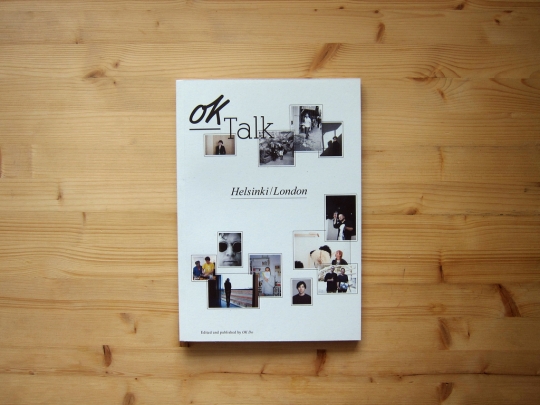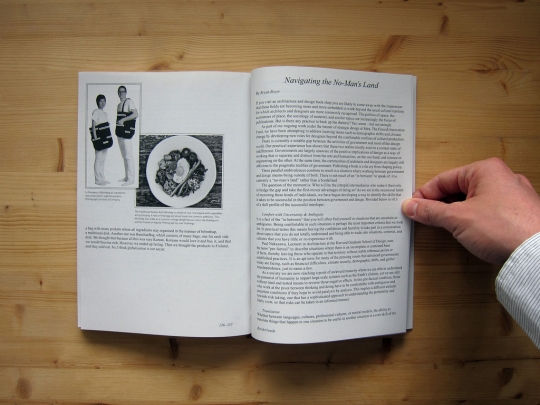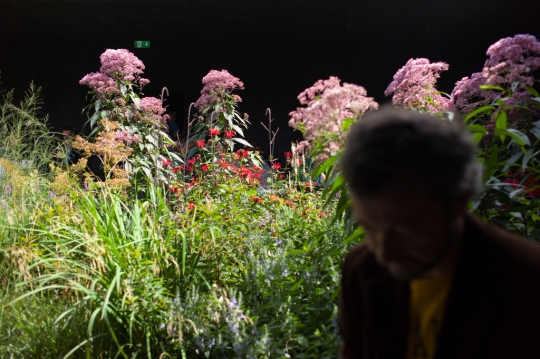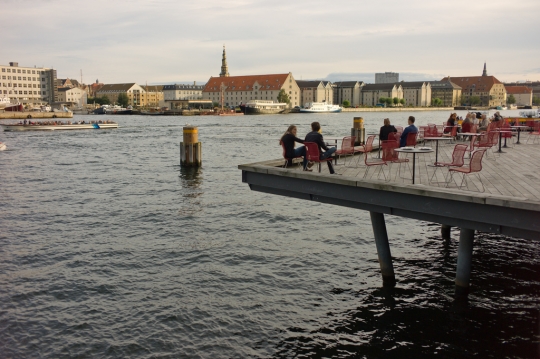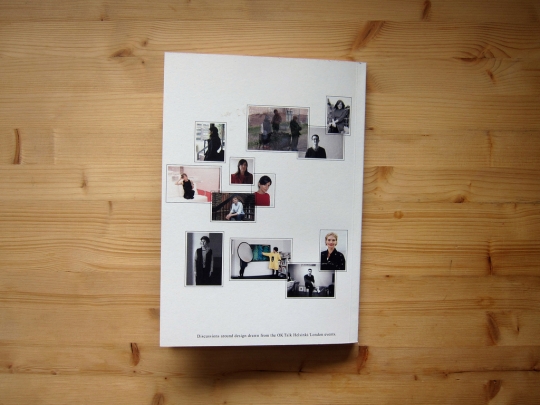Note: This piece was originally written and published in OK Talk, a book produced by OK Do that is based on a series of conversations they organized around Europe. I'm sharing here because it dips into an essential question: what kinds of qualities should we look for in strategic designers?
If one visits a design book shop they are likely to walk away with an impression that these fields are becoming more and more embedded in work outside the usual cultural territory for which architects and designers are more commonly recognized. The politics of space, the economies of place, the sociology of material, and topics along these lines are increasingly the focus of publications. But is there practice to back up the rhetoric? Yes, some—but not enough of it.
As part of our ongoing work under the banner of strategic design at Sitra, The Finnish Innovation Fund, we have been attempting to address looming issues such as demographic shifts and climate change by developing new roles for designers beyond the comfortable confines of cultural production.
There’s currently a significant gap between the activities of government and most of the design world. Our practical experience has shown that these two realms mostly exist in a current state of indifference. Governments are largely unaware of the positive implications of design as a way of working that is separate and distinct from the arts and humanities, on one hand, and science or engineering on the other. At the same time, the communities of architects and designers are largely still oblivious to the pragmatic realities of government. Publishing a book is a far cry from shaping policy.
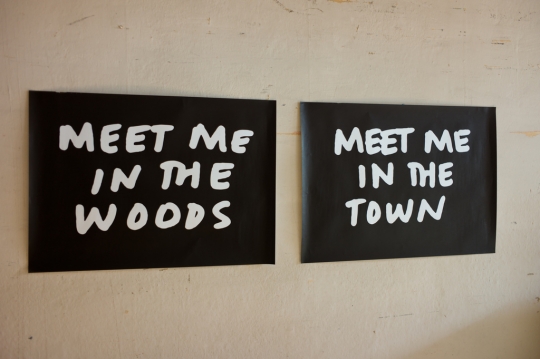
Posters by Mark Clintberg
These parallel ambivalences combine to result in a situation where working between government and design means being outside of both. There is not much of an ‘in between’. Rather than permeable borderland, we find between design and government a “no-man’s land”.
The question of the moment is who will be the intrepid intermediaries who make it their role to bridge the gap and take the first-mover advantages of doing so? As we are in the occasional habit of recruiting these kinds of individuals, we have begun developing a way to identify the skills that it takes to be successful between government and design.
What follows is v0.3 of a skill profile of the successful interloper:
Comfort with Uncertainty & Ambiguity
It’s a fact of the ‘in between’ that one will often find themselves in situations that are uncertain or ambiguous. Being comfortable in such situations is perhaps the most important criteria that we look for. In practical terms this means having the confidence and humility to take part in a conversation about topics that you do not totally understand and being able to wade into situations, contexts, and cultures that you have little or no experience with.
Paul Nakazawa, Lecturer in Architecture at the Harvard Graduate School of Design, uses the term “pre-factual” to describe situations where there is an incomplete or contested base of facts, thereby leaving those who operate in that territory without stable reference points or established practices. It’s an apt term for many of the pressing issues that advanced governments today are facing, such as financial difficulties, climate security, demographic shifts, and global interdependence just to name a few.
As a society we are now reaching a point of awkward maturity where we are able to understand the potential of humanity to impact large scale systems such as the Earth’s climate, yet we are still without tried and tested means to reverse those negative effects. In this pre-factual condition, those who work at the pivot between thinking and doing have to be comfortable with ambiguous and uncertain conditions if they hope to avoid paralysis by analysis. This implies a different attitude towards risk taking, one that has a sophisticated approach to understanding the probability and likely costs, so that calculated risks can be taken.
Translation
Whether between languages, cultures, professional cultures, or mental models, the ability to translate things that happen in one situation to be useful in another situation is a core skill of the 21st century, where the pre-factual nature of many contexts makes native expertise and experience hard to come by.
Arbitrage—the use of unique position within the marketplace to buy in one place and sell in another at a better return—is ultimately a success of translation motivated by personal gains. But there’s also an arbitrage for the common good: how can models, concepts, and experiences be borrowed from one context and put to good use in another? And more importantly, who is best positioned to accomplish this?
For this reason, individuals who have experience between multiple cultures (either literally or professionally) tend to have more advanced translation abilities and therefore more to draw on in moments of true uncertainty.
Intellect & Emotions
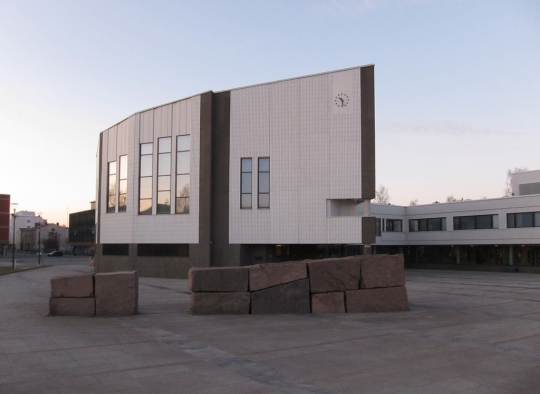
Rovaniemi, Finland: civic structure or giant guppy?
One of the realities of working in the public sector in many contexts is that it does not pay as well as the private sector. Because of this, working for the public good tends to involve some degree of moral compunction, which is very good and important because it’s a sign of commitment—until it gets in the way of judgment.
It’s a fine line between doing good and being a ‘do-gooder.’ The latter tend to have cloudy judgment when tough decisions come their way, while the former can maintain a critical edge even when things are rosy. But going so far as to operate without an emotional ability means being devoid of the essential ability to empathize, so there’s a balance to be sought.
Opportunism & Ambition
Striking a productive balance between intellect and emotions on a personal level is closely tied to pursuing a useful equity between opportunism and ambition in one’s work. We look for individuals who are able to see the big picture and think about redrawing it, but know that huge changes start with small steps. In real terms this means being able to seize opportunities when they arise, even if those opportunities are not perfect (they never will be), because one is able to find a place for them within a more ambitious plan. This is what it means to work today with the future in mind—to straddle a border we’re always, all of us, in the process of crossing.
Get your copy here to read the other contributions by Åbäke, Martti Kalliala, Zak Kyes, Markus Miessen, Karen Mirza, Anni Puolakka, Jenna Sutela, Teemu Suviala, Finn Williams and more.

